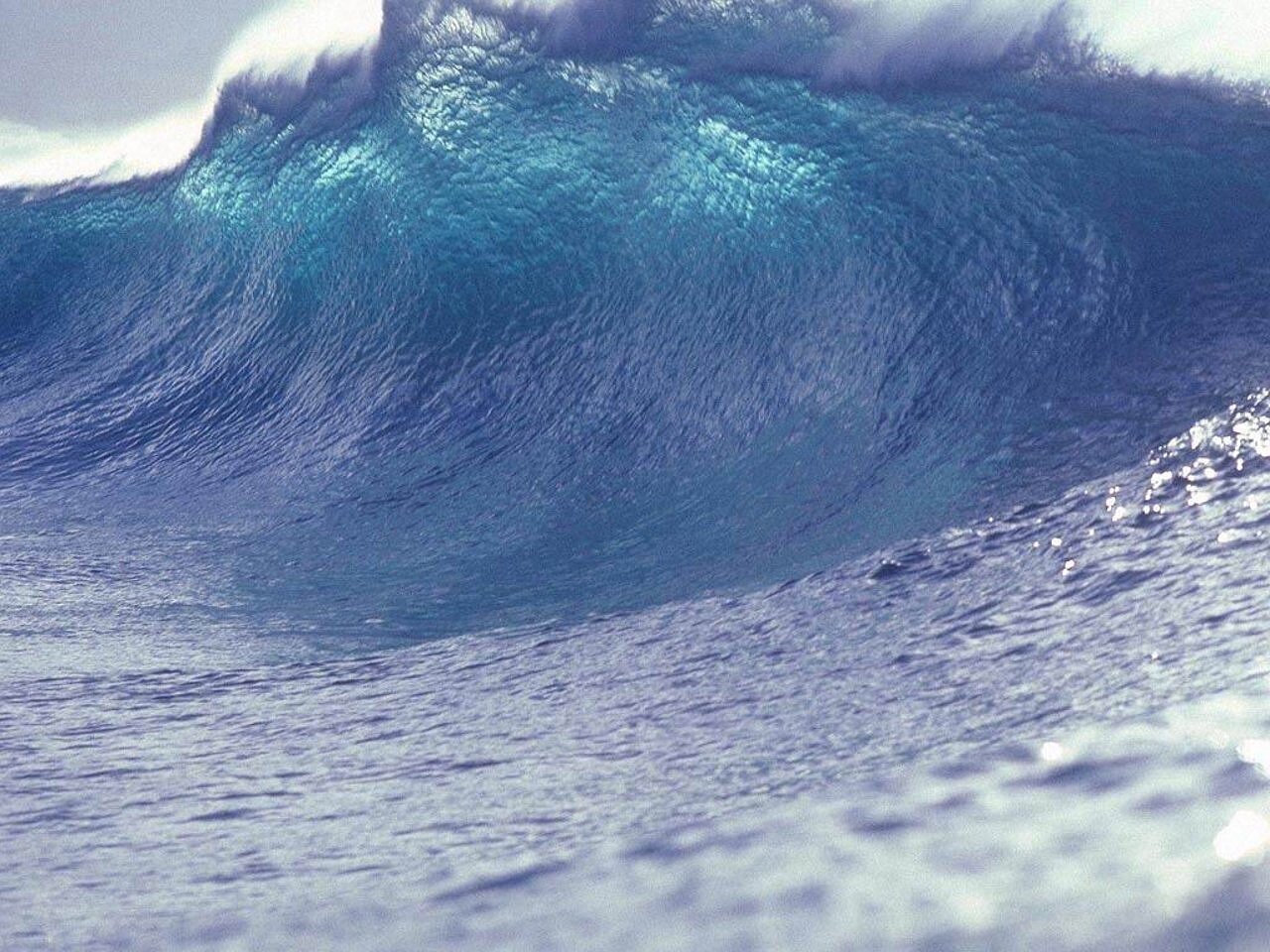Assessing Tsunami Damage Potential: A California Focus

Welcome to your ultimate source for breaking news, trending updates, and in-depth stories from around the world. Whether it's politics, technology, entertainment, sports, or lifestyle, we bring you real-time updates that keep you informed and ahead of the curve.
Our team works tirelessly to ensure you never miss a moment. From the latest developments in global events to the most talked-about topics on social media, our news platform is designed to deliver accurate and timely information, all in one place.
Stay in the know and join thousands of readers who trust us for reliable, up-to-date content. Explore our expertly curated articles and dive deeper into the stories that matter to you. Visit Best Website now and be part of the conversation. Don't miss out on the headlines that shape our world!
Table of Contents
Assessing Tsunami Damage Potential: A California Focus
California's stunning coastline, while breathtaking, is also vulnerable. The Pacific Ocean's immense power, capable of generating devastating tsunamis, poses a significant threat to the state's coastal communities and infrastructure. Understanding the potential for tsunami damage and implementing effective mitigation strategies are crucial for protecting lives and property. This article delves into the assessment of tsunami risk along the California coast, exploring the factors contributing to vulnerability and highlighting ongoing efforts to improve preparedness.
California's Tsunami Threat: A Complex Picture
California's location on the Pacific Ring of Fire, a highly seismically active zone, makes it susceptible to tsunamis generated by both nearby and distant earthquakes. Local earthquakes along the San Andreas Fault system, while less likely to generate massive tsunamis compared to subduction zone events, can still trigger significant local waves. However, the greatest threat comes from megathrust earthquakes occurring in the Cascadia Subduction Zone, located off the coast of Oregon and Washington. These events, while infrequent, can generate powerful tsunamis capable of impacting the entire California coastline.
Factors Influencing Tsunami Damage Potential:
Several factors contribute to the varying levels of tsunami damage potential along the California coast:
- Distance from the source: Coastal areas closer to the earthquake epicenter will experience the tsunami's initial impact sooner and with greater intensity.
- Coastal topography: The shape of the coastline, the presence of bays, inlets, and estuaries, significantly influences wave amplification and inundation. Narrow inlets can funnel tsunami energy, leading to higher run-up heights.
- Elevation and land use: Lower-lying areas and densely populated coastal regions face higher risks. The type of land use – residential, commercial, or industrial – determines the potential economic and human losses.
- Infrastructure resilience: The strength and design of buildings, roads, and other critical infrastructure directly impact their ability to withstand tsunami forces. Outdated infrastructure is particularly vulnerable.
Assessing the Risk: Models and Mapping
Scientists utilize sophisticated computer models and historical data to simulate tsunami inundation scenarios. These models consider factors like earthquake magnitude, location, and the complex bathymetry (underwater topography) of the ocean floor. The resulting inundation maps provide crucial information about potential flood depths and extent, helping communities plan evacuation routes and develop mitigation strategies. You can find interactive tsunami inundation maps for specific California coastal areas on the websites of the and the .
Mitigation and Preparedness: A Community Effort
Effective tsunami mitigation requires a multi-pronged approach:
- Early warning systems: The development and maintenance of robust early warning systems are paramount. These systems rely on seismic sensors, tide gauges, and sophisticated modeling to provide timely alerts.
- Building codes and regulations: Implementing and enforcing strict building codes designed to withstand tsunami forces are essential, particularly in high-risk areas.
- Evacuation planning and drills: Regular tsunami drills and the development of clear evacuation plans are vital for ensuring the safety of coastal communities.
- Public education and awareness: Educating the public about tsunami hazards, warning signs, and appropriate responses is crucial for enhancing community preparedness.
Conclusion: A Constant Vigilance
Assessing tsunami damage potential in California is an ongoing process requiring constant monitoring, research, and collaboration between scientists, policymakers, and coastal communities. By understanding the risks, investing in effective mitigation strategies, and promoting community preparedness, California can significantly reduce the impact of future tsunamis and safeguard its valuable coastal resources. Stay informed about tsunami preparedness by checking your local emergency management agency's website and participating in community drills. Your safety and the safety of your community depend on it.

Thank you for visiting our website, your trusted source for the latest updates and in-depth coverage on Assessing Tsunami Damage Potential: A California Focus. We're committed to keeping you informed with timely and accurate information to meet your curiosity and needs.
If you have any questions, suggestions, or feedback, we'd love to hear from you. Your insights are valuable to us and help us improve to serve you better. Feel free to reach out through our contact page.
Don't forget to bookmark our website and check back regularly for the latest headlines and trending topics. See you next time, and thank you for being part of our growing community!
Featured Posts
-
 Belmont Stakes 2025 Sovereigntys Triple Crown Triumph
Jun 10, 2025
Belmont Stakes 2025 Sovereigntys Triple Crown Triumph
Jun 10, 2025 -
 Top Brewers Prospect Jacob Misiorowski Gets The Call To The Majors
Jun 10, 2025
Top Brewers Prospect Jacob Misiorowski Gets The Call To The Majors
Jun 10, 2025 -
 Nba History Shai Gilgeous Alexanders 3 000 Point Season
Jun 10, 2025
Nba History Shai Gilgeous Alexanders 3 000 Point Season
Jun 10, 2025 -
 Thunderbolts And Wyatt Russell A Career Defining Moment
Jun 10, 2025
Thunderbolts And Wyatt Russell A Career Defining Moment
Jun 10, 2025 -
 Cma Fest 2024 Highlights Standout Performances By Luke Bryan Ashley Mc Bryde And Zach Bryan
Jun 10, 2025
Cma Fest 2024 Highlights Standout Performances By Luke Bryan Ashley Mc Bryde And Zach Bryan
Jun 10, 2025
